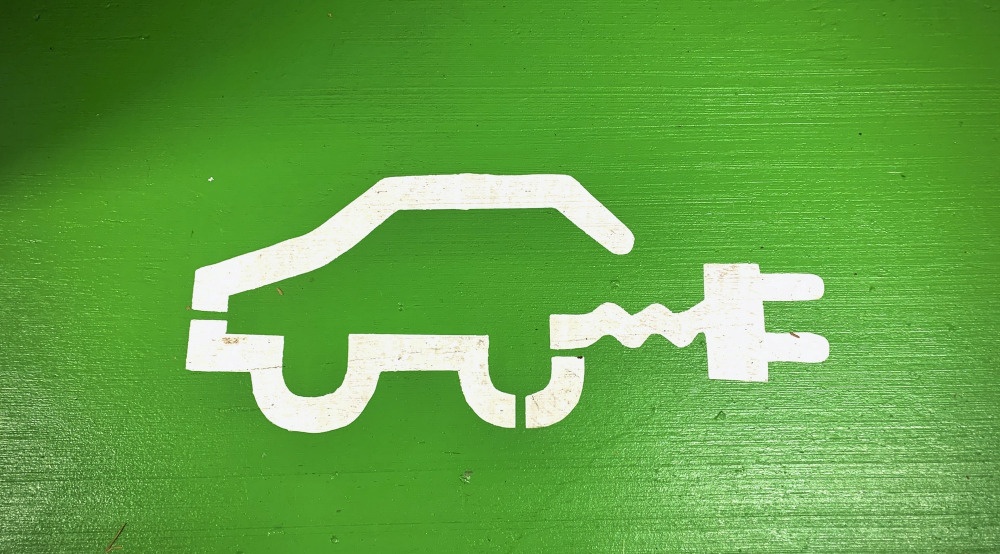
The $900 billion COVID-19 relief package, passed by Congress at the 11th hour, has $35 billion in clean energy spending, upgrades to the electrical grid, research in carbon sequestration and other climate measures, some of which have been stalled for years in Congress. One energy lobbyist, opposed to the bill, called the legislation a “stealth Green New Deal” a phrase you will never hear from its Republican sponsors in the Senate.
“All told, these energy provisions are the most progress we’ve made to our nation’s energy policies in a decade,” Sen. Maria Cantwell, D-Wash., said after the 93-6 Senate vote to approve the omnibus coronavirus relief package.
The package is one more win in the bipartisan collaboration of Cantwell and Sen. Lisa Murkowski, R-Alaska, who chairs the Senate Energy and Natural Resources Committee. The two have squared off over oil drilling in the Arctic National Wildlife Refuge. But they have made common cause on the need for polar icebreakers and legislation to upgrade America’s electrical grid.
In Murkowski’s words, “The Energy Act of 2020 provides a down payment on the technologies that will be critical to reducing greenhouse gas emissions in the power sector, industry, and buildings in addressing climate change.”
The bill’s provisions are technical, perhaps eye-watering, but Cantwell and Murkowski aren’t just speaking in politicians’ hyperbole. The World Resources Institute, on Monday, called the bill “one of the most significant pieces of climate legislation that Congress has passed in its history.” Conservative Sen. John Barrasso, R-Wyoming, argued: “These measures will protect our air while keeping costs down for the American people.”
The $35 billion is far, far short of the $2 trillion in future climate and energy investments proposed by President-elect Joe Biden. Still, major drafters of the legislation include oil and coal state senators – Murkowski, Barrasso, and Sens. Joe Manchin, D-West Virginia, and John Kennedy, R-Louisiana. Its major provision is the $35 billion investment in new zero emission energy sources (geothermal, solar, wind, and carbon-capture) plus an extension in tax credits for solar and wind energy, which had been about to expire.
The legislation would authorize the U.S. Environmental Protection Agency to cut emission of hydrofluorocarbons (HFC), used as a coolant in refrigerators and other products, by 85 percent over the next 15 years. The Obama Administration helped negotiate an HFC phaseout, signed in 2016 by more than 100 nations in the Kigali Agreement (named for the city in Uganda). The Trump administration renounced the Kigali accord and proposed rolling back restrictions on HFCs. The COVID-19 legislation authorizes signing the agreement that Trump renounced.
How significant? A full phaseout stands to cut global warming by nearly a degree Fahrenheit. The most powerful HFCs have almost 1,000 times the power of carbon dioxide. “You would have seen about the equivalent of 70 billion tons of (carbon dioxide) added to the atmosphere in the form of HFC’s between now and 2050,” David Doniger of the Natural Resources Defense Council told NPR.
The COVID-19 package has outraged some progressives by giving a tax credit for business lunches, and angered the political right by authorizing new Smithsonian museums dedicated to women and Latinos, and putting a ban on surprise medical billing.
But it is still possible for Congress to act in its rush to adjournment, and for foes on other issues, such as Murkowski and Cantwell, to find room to agree. The legislation reauthorizes, at a cost of $1.7 billion, the Weatherization Assistant Program, which helps low-income residents install energy efficiency in their homes. It funds pipeline safety, with support from both green groups and Big Oil. Michael Brune, executive director of the Sierra Club, told Rolling Stone that the legislation amounts to “a light in the darkness” after the Trump administration,” and noted bipartisan support: “It remains to be seen if this is a one-off, but if it’s not a one-off and Republican senators from Wyoming and Louisiana can embrace legislation that cuts pollution and creates clean-energy jobs, that bodes well for the future.”
The legislation includes “sense of Congress” language that reverses Trump policies, namely that the U.S. Department of Energy prioritize money for research to give the United States 100 percent “clean, renewable, or zero-emission energy sources.”
Sen. Murkowski described the bill as an “all of the above energy package” and “the first comprehensive national energy policy update in 13 years,” It is sailing toward President Trump’s desk for signature, below the radar screen as part of a larger budget and COVID-19 relief bill. Unlike the “Green New Deal” it has taken no flak from conservative media.
Murkowski hosted, over Tuscan food in her living room, the original meeting of Senate moderates that pushed for compromise over COVID-19 relief. In a closely divided Congress, these powerful moderates count. Cantwell is an ally. In a nod to Cantwell, Murkowski said Monday in a Senate floor speech: “I am very thankful and appreciative of your [Cantwell’s] leadership and what you have provided over the years. Working together with your team we have accomplished good things for the right reason.”
Seasons Greetings: There are still adults in the U.S. Senate.
Discover more from Post Alley
Subscribe to get the latest posts sent to your email.

In his video bombshell yesterday, Trump demanded an increase from $600 to $2,000 in the one-time checks, and a cutting-out of “wasteful spending.” I assume by wasteful spending he means these green energy provisions and the money allocated to save arts infrastructure.
New path to legislative progress: kitchen-sink, last-minute bills that have goodies for all the lobbyists. It allows Republicans to claim enough benefits to becloud their votes for Democratic pet programs. Maybe worth emulating in Olympia?
I saw an analysis somewhere that pointed to this model as being of growing importance in Washington, D.C. Maybe doing it on purpose is a good idea: wrangle all term about everything under the sun, then create one giant grand bargain at the end…